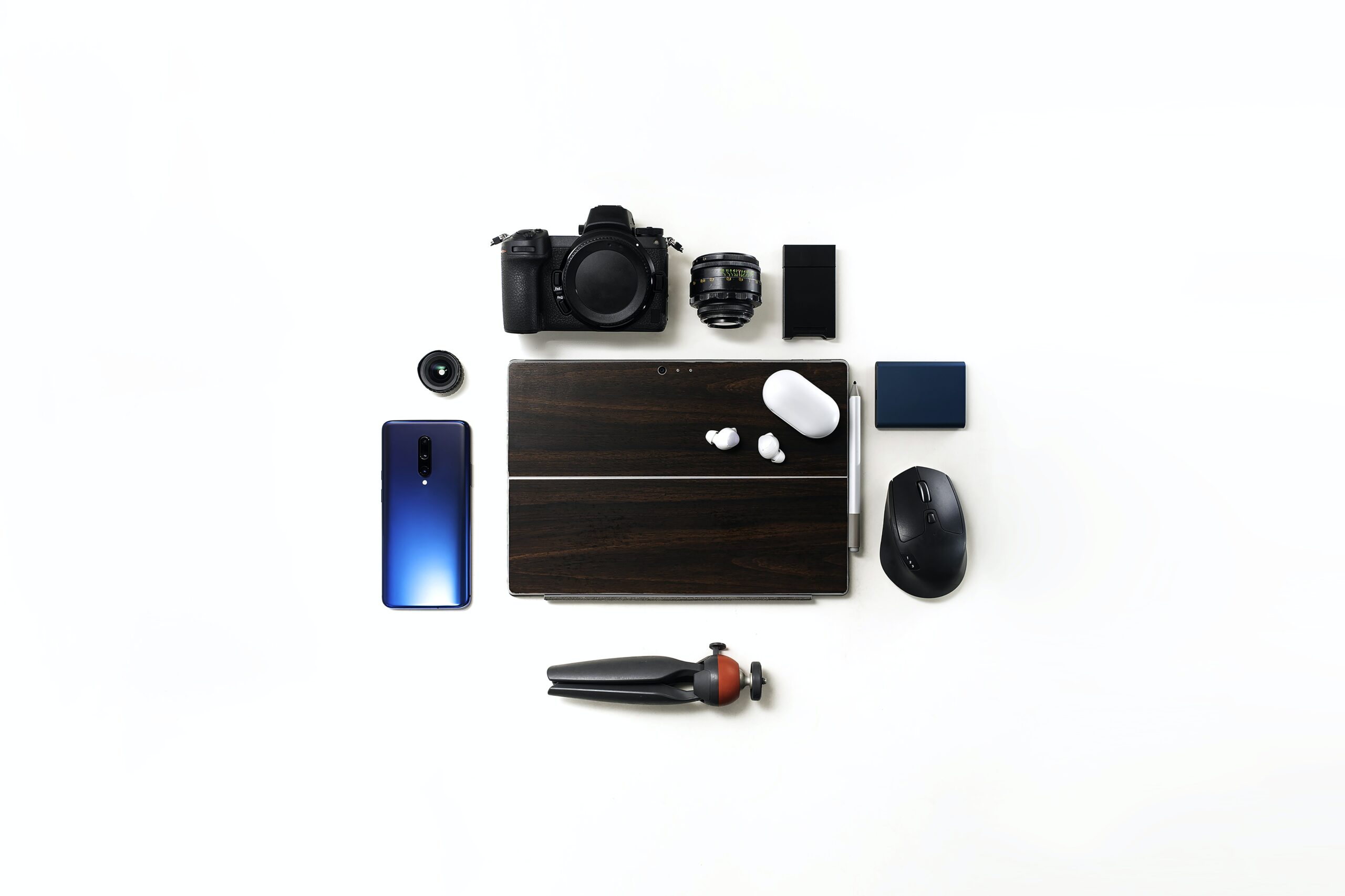Trish Audette-Longo and Christine Crowther, Carleton University
This fall, journalism schools across Canada – including ours – are grappling with a fourth semester of teaching emerging journalists how to be reporters in a pandemic.
COVID-19 has changed how we teach journalism, forcing us to explicitly navigate, model and share skills that, in the past, may have gone under-examined in day-to-day reporting classes: how to clearly advocate and plan for staying healthy and safe.
For the first time since March 2020, many of our students are back in classrooms, fully vaccinated, still distanced and now subject to daily health screenings. Nonetheless, we are sending these kinds of messages this fall: “You can choose to conduct interviews by phone or video conferencing, and wherever possible you should choose to monitor live streams of events that are scheduled to take place in enclosed spaces.”
And: “Where field reporting is possible, you should have a plan that includes how you will stay outside, wear a mask and ask your interviewees to do so, maintain a physical distance of two metres between yourself and others, and your exit strategies.”
And finally: “Journalists also have a responsibility to ensure we do not contribute to compromising the safety and well-being of community members whom we are interviewing or filming.”
Since 2020, we have been co-developing and revising our program’s COVID-19 safety guidelines. We’ve studied guidance from international organizations like the Committee to Protect Journalists, A Culture of Safety Alliance, Global Press, and Reporters Without Borders. We’ve monitored changing news coverage and story rhythms from the earliest days of the pandemic and safety guidelines developed by journalists. We’ve also invited two panels of newsroom leaders – including representatives from the CBC, APTN, Postmedia, Global Press and The Narwhal – to meet with our faculty members for frank discussions about how journalists adapted to reporting remotely through the pandemic and what has changed over time.
Discouraging students from doing in-person interviews over the last 18 months and steering them away from indoor interviews this fall has demanded a deep rethinking of what it means to do and teach journalism. Which is to say, it hasn’t come easily for educators who have, over the course of our own careers, taken every opportunity to get out into the field and meet people doing interesting things.
Drafting pandemic reporting safety guidelines has also begged the uncomfortable question: Are we unnecessarily coddling our adult students?
Through training, we want emerging reporters to learn how to meet and exceed the standards set by generations of journalists before them. That often includes staying put, getting closer, keeping your camera up, turning your recorder on and making notes when everyone else is running away from the thing that puts them in danger.
Think of wildfire coverage, for example. We applaud reporters for their work at the scene, as they find ways to stay on the ground or return, meet tight deadlines and tell as full a story as possible about people who have lost their homes or who are fighting the flames.
But what if a reporter’s very presence covering a wildfire could contribute to spreading the flames to other areas, making it bigger and harder to control?
This is the kind of question that makes safely reporting on and through COVID-19 different. Staying put and getting close become ethical (and public health) dilemmas, not testaments to the reporter’s toughness or ability to get the story.
Our instincts – and often our students’ instincts – are to get as close as possible to the action because that is the heart of the story. But through the pandemic we are learning to talk more directly about balancing the demands of getting the story with the demands of an ongoing public health emergency.
Transparently engaging with this problem isn’t coddling or over-protecting our students: it’s an exercise with clear learning outcomes that will serve them in future newsroom and freelance careers.
For example, this fall in our classes we introduced new Google forms that ask students to outline their reporting plans (and the safety precautions they are taking) before they go out on assignment. This was inspired by our conversations with newsroom leaders like Global Press’s Laxmi Parthasarathy this summer.
When a student fills out the form, they are taking control of their story planning. They are openly contemplating reporting challenges, outlining solutions and establishing an open line of communication with us, their instructors.
Rather than an added layer of administration, this form models the questions a reporter should ask before going into the field and trains students to flag concerns with editors or producers: What are local health restrictions? How will they stay outside as they report? Could their presence compromise someone else’s health or safety?
The Committee to Protect Journalists has gathered a number of planning resources especially for reporters in emergency situations. The short set of questions we developed is a step toward helping our students take seriously the risks involved in reporting through this pandemic, and in general. We are making clear that the challenges they anticipate are valid and demand creative, collaborative solutions.
We don’t want to limit our students to reporting from behind screens. We know reporters all over Canada are covering the front lines of land defence movements, political campaigns, games, exhibitions and more.
Our goal is to empower emerging reporters to navigate the changing dynamics of living with and reporting alongside COVID-19 independently and with confidence that they are making informed decisions before they get their cameras up, recorders on and notebooks out.
Trish Audette-Longo teaches courses in digital journalism, reporting and journalism studies at Carleton University in Ottawa.
Christine Crowther teaches courses in audio journalism, video journalism and media and international “development” at Carleton University in Ottawa.

